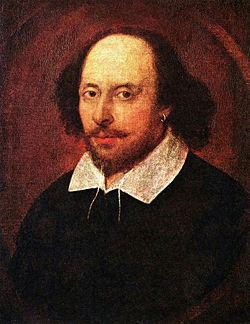
Renaissance theatre derived from medieval theatre traditions, such as the mystery plays that formed a part of religious festivals in England and other parts of Europe during the Middle Ages. The mystery plays were complex retellings of legends based on biblical themes, originally performed in Cathedrals, but later becoming more linked to the secular celebrations that grew up around religious festivals. Other sources include the morality plays and the "University drama" that attempted to recreate Greek tragedy. The Italian tradition of commedia dell'arte as well as the elaborate masques frequently presented at court also contributed to the shaping of public theatre. Companies of players attached to households of leading noblemen and performing seasonally in various locations existed before the reign of Elizabeth I. These became the foundation for the professional players that performed on the Elizabethan stage. The tours of these players gradually replaced the performances of the mystery and morality plays by local players, and a 1572 law eliminated the remaining companies lacking formal patronage by labeling them vagabonds. The performance of masques at court by courtiers and other amateurs came to be replaced by the professional companies with noble patrons, who grew in number and quality during Elizabeth's reign.

